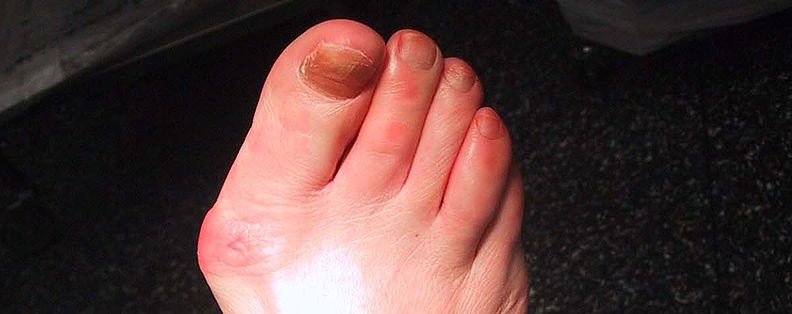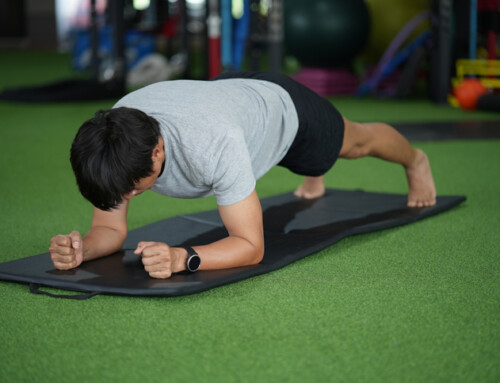Can physical therapy help bunions?
What is a bunion?
The medical term for what is commonly referred to as a bunion is hallux valgus. Those large bumps that appear next to the big toe on one or both feet are most commonly seen in women, but men suffer from them as well. As the growth develops over time, it can cause pain, swelling and redness, difficulty wearing shoes, and can even interfere with walking. Some individuals may also have what is called a Taylor’s bunion or a “bunionette”, a bump at the base of the little toe. Bunions and Bunionettes are not exclusive of each other. An individual can have one, both, or neither on either foot.
What causes a bunion to form?
Bunions can be large or small and can appear on just one foot, or both feet. Some reported causes of bunion formation include:
- Heredity
- A structural defect in the foot, either hereditary or as a result of an injury
- Poor walking mechanics or muscular imbalances
- Altered mechanics
- Deformity at birth (congenital)
- Stress on the foot
- Osteoarthritis
One of the most common causes of bunion formation has historically been blamed on wearing shoes that are too tight, do not fit properly, or cause undue stress on certain parts of the foot. It is now thought that shoes themselves are not the primary cause of bunion formation, but rather exacerbate a problem that is already inherent.
Symptoms and effects
Bunion growth and development is different for everyone… it even varies for each foot. Symptoms vary widely. Some people may have large bunions with no pain or interference at all, others may experience significant pain and resultant trouble walking or wearing shoes. Symptoms may include:
- Pain, aching and/or swelling in the big toe joint. Joint pain may or may not increase when standing, walking or running.
- The size of the bump on the side of the foot may increase over time.
- Wearing shoes may become difficult; constricting the foot can become increasingly uncomfortable. For many people, it becomes a problem finding shoes that are comfortable and fashionable.
- Bunions can adversely affect the ability to walk as they increase in size. In severe cases, the big toe may begin to cross the smaller toes, resulting in deformity that makes walking even more difficult and uncomfortable.
- Balance can become precarious as well, increasing the risk of a fall.
Quality of life for people who suffer from bunions can be impacted in many ways: the inability to wear fashionable shoes, difficulty walking or hiking, pain and discomfort, as well as the emotional distress and embarrassment Bunions may cause. Elderly people may be more prone to balance problems then increase the likelihood of a fall.
Physical therapy for bunions
Our physical therapy experts at Capital Area Physical Therapy can provide physical therapy treatments for bunions. At our PT clinics in Saratoga Springs and Queensbury, we take time to assess and test each patient In order to develop a personal PT plan. We will assess your foot anatomy, symptom development, medical history and how they your health and lifestyle are being affected. Physical therapy for bunions may include the following strategies:
- Hands-On manipulation to increase range of motion and reduce joint stiffness
- Range of motion exercises
- Balance awareness and exercises
- Techniques to manage symptoms
- Foot orthotics or adatptive footwear to increase alignment
If bunion surgery is required, post-operative physical therapy treatments may include stretching and strengthening exercises and maintaining proper alignment.
If you or someone you know suffers from bunion pain or discomfort, call us at our Malta clinic at 518-289-5242 or our Queensbury Clinic at 518-289-5242. At Capital Area Physical Therapy, we have the experience to offer options for addressing all types of foot and ankle pain! Read reviews from our physical therapy patients in Saratoga Springs, Clifton Park, Ballston Spa, Glens Falls, and the Queensbury region.





